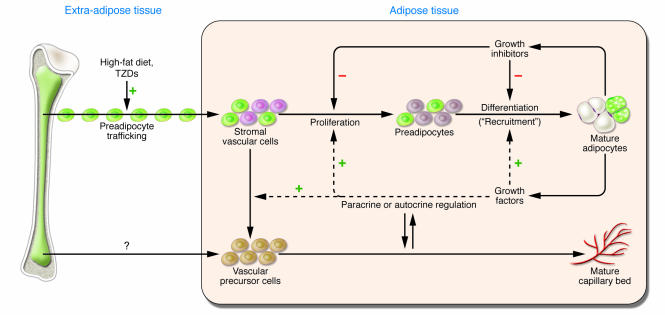Figure 1. Schematic representation of the basic features of adipose tissue expansion.
The major processes at work within adipose tissue are the proliferation of a progenitor cell population within the stromal vascular cell pool and the differentiation of these cells into adipose or vascular cells. These processes are regulated by stimulatory and inhibitory endocrine, neural, and paracrine/autocrine controls (17). Monoclonal antibodies raised against adipocyte surface proteins identify preadipocyte progenitors and closely associated developing blood vessels in developing adipose tissues (24). These observations were substantiated by examination of the preadipocyte progenitor cells and endothelial cells by electron microscopy and studies of the major extracellular components (25, 26). The study by Crossno et al. (7) in this issue of the JCI indicates that progenitor cells may also be delivered to adipose tissue by trafficking from extra-adipose sources, such as bone marrow, and that this trafficking my be upregulated by high-fat diet and TZD administration. TZDs also promote mobilization and homing of bone marrow–derived circulatory endothelial progenitor cells to various tissues in the process of endothelial regeneration (12, 13). The green cells in this figure represent cells originating from bone marrow that differentiate within adipose tissue to form clusters of multilocular adipocytes.

